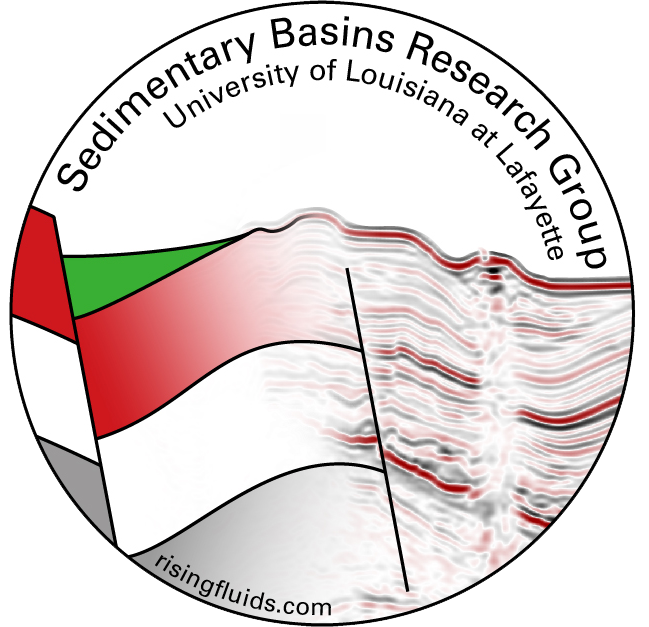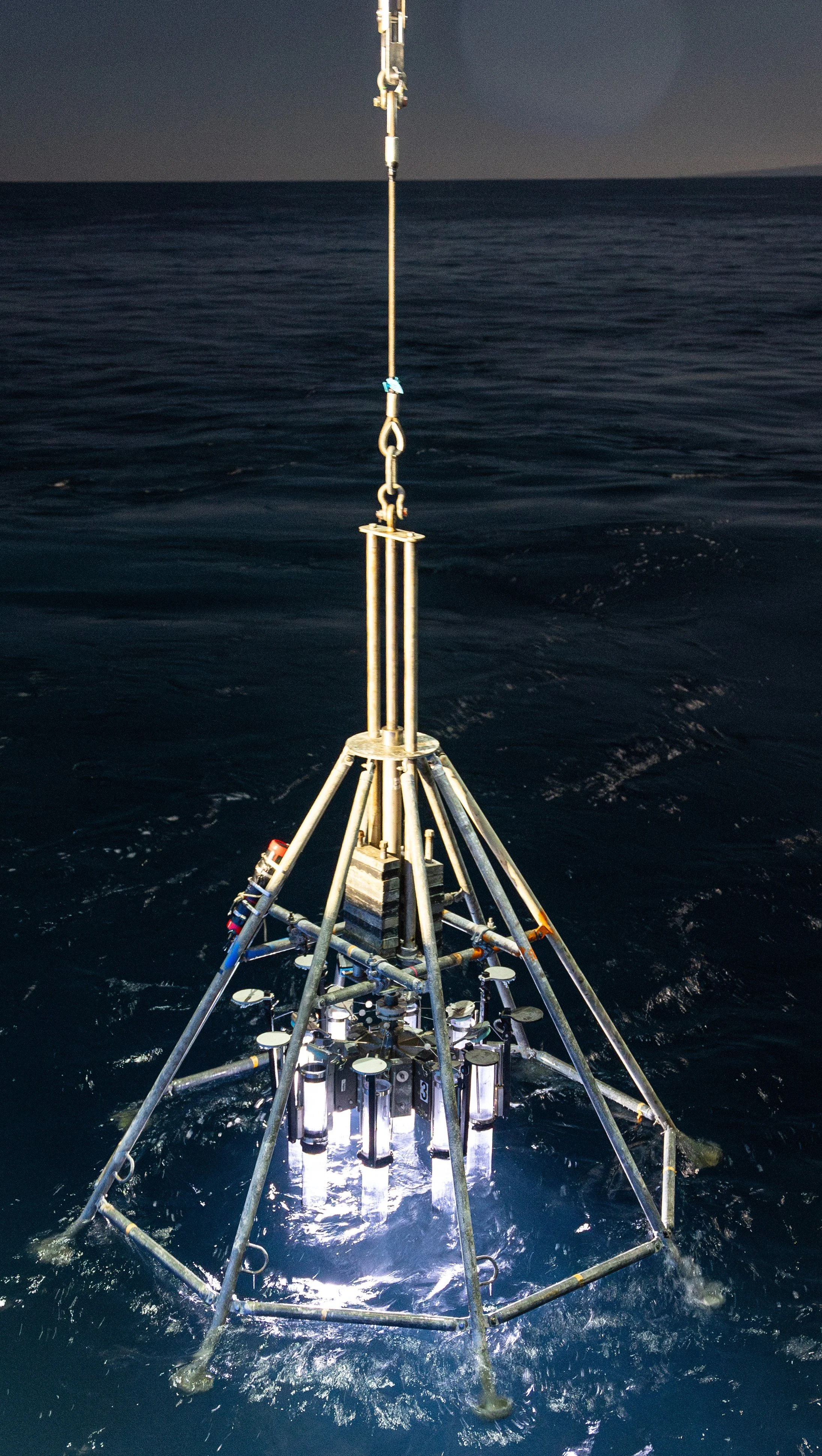
FKt241011 - Chile Seeps
In October/November 2024 we set sail on R/V Falkor(too), thanks to support from the Schmidt Ocean Institute, to investigate cold seeps along the dynamic Chile margin. Here, a submerged continental shelf abruptly drops into the Pacific, creating steep gradients where fluids escape from the subsurface. This tectonically driven environment hosts chemosynthetic communities fueled by seep fluids, making it an ideal natural laboratory for studying deep-sea ecosystem processes.
Our team combines geological mapping, fluid chemistry analyses, and biological sampling to characterize both known and previously undetected seeps between Valparaíso and Punta Arenas. Using high-resolution sonars to locate gas plumes, the ROV Subastian to image the seafloor, and giant gravity corers to retrieve sub-seafloor sediment, we document seafloor morphology, reconstruct the geological history of these areas, and observe resident fauna.
By linking fluid migration pathways to chemosynthetic production and nutrient cycling, we aim to reveal how seismic activity, sediment composition, and oceanographic conditions shape biodiversity and biogeochemical fluxes along this understudied margin.
Image credit: Schmidt Ocean Institute 2024
ROV Control room
In this time-lapse, we’re inside the ROV Subastian control room as a deep-sea dive unfolds. Watch the pilots fly the ROV, scientists monitor live video feeds and sensor readouts across multiple screens, and engineers adjust settings—all in rapid succession.

